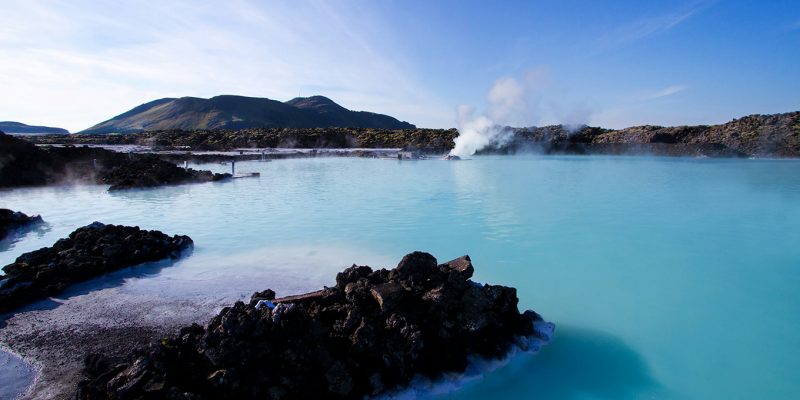Every year, the combination of bitter temperatures and dry indoor heating can do a number on your skin. Whereas summer rain and humidity plump up your complexion, winter air deprives it of moisture. In fact, studies show that North American winters are drier than the Sahara. When the moisture in cold air solidifies and falls as snow or ice, the drying effects on your face can be dramatic. Most dermatologists recommend exfoliation as part of your cold-weather skin care regimen.
In the rough As skin loses moisture, it begins to flake and peel if it is not cleansed and exfoliated. “We get new layers of skin every 20 days or so,”says Dr. Sylvia Garnis-Jones, clinical assistant professor of dermatology at McMaster University. “By exfoliating, you are increasing cell turnover so that the old skin doesn’t get stuck and flake on your face. This allows your new skin to better absorb creams, making it moist and supple.”Exfoliation can be done a number of ways. Dry surface skin can be removed by sloughing it off with cleansers and masks that are granular or contain microscopic beads. Or you can “peel”the dead skin off by using products that contain low-risk levels of sloughing ingredients like glycolic acid. For those who have problem skin — such as acne, rosacea or eczema — or who want full-strength exfoliation, dermatologists perform in-office chemical peels using products that are up to 60 times stronger than store-bought offerings.
Smooth moves Rub gently when using scrubs and be sure to avoid the eye area. People with dry skin should exfoliate no more than twice a week, as excessive scrubbing could lead to eczema. Those with normal to oily skin can slough every day, if needed. For problem skin, Garnis-Jones recommends a peel every six weeks and acid-based products for people with extra sensitive skin, as granular scrubs may irritate the skin. Some companies, like Reversa, even carry creams that contain glycolic acid so you can exfoliate, moisturize and fight fine lines in one step.
Photo courtesy of Marcio Madeira








